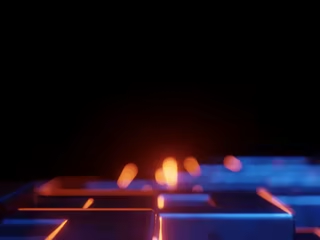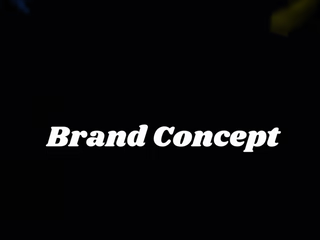How to Improve Our Relationship with Social Media 📱

Celia Mesa
Do you want to throw your smartphone to the farthest point in the Earth? Are the constant notifications from Instagram, Twitter and Facebook making you anxious? If you answered yes to both questions, it could be time for a change: break up with social media.
At first, it can sound drastic to do so, living in the digital-dependent world we do. But once you have spent enough time outside of the social media bubble, the positive ramifications of reconnecting with the real outside world are much stronger than the FOMO we fear so much.
2022 was the pivoting year for me: I deleted all forms of social media. During that period, I learned how to better relate to social media in 2023. Now, allow me to summarize the three main lessons from doing that digital detox:
Using social media mindfully in our life
In the book Ditch Your Inner Imposter, the author and journalist Anna Lou Walker explains that “experts suggest that using social media for longer than just 30 minutes tips the scale between benefit and detriment”. For those of you working in the social media space, this number probably sounds incredibly low, and you’re rolling your eyes at the idea of leaving social media after 30 minutes of work.
However, the balance of work and pleasure with our phones is where the improvement can be achieved (whether you work in social media or not). If we can step away from uncontrollably opening our smartphones every waking moment. If we develop internal tools that reduce the necessity to escape from an uncomfortable moment in our real life. Or if we give less power to comparing our reality with someone’s highlight reel. That’s where the use of social media can become an ally to our days and not an ingredient to increase our internal burnout.
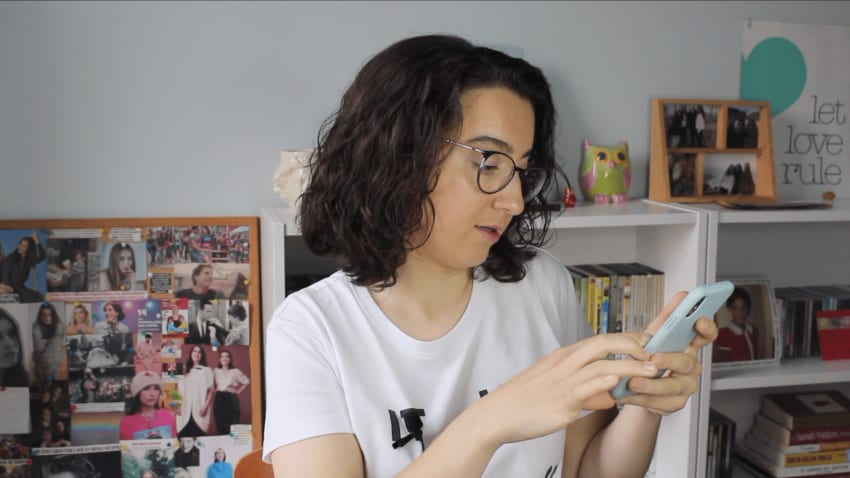
Creating an intentional social media strategy
It’s common knowledge that the creator economy has grown fast and will reach new horizons during 2023. But you don’t have to be a content creator or strategist to use social media more intentionally. The tools that social media has can help promote your brand, showcase your values or connect with like-minded people. The ultimate goal is to use social media to our advantage and not be passive consumers of its content.
Starting a YouTube channel to discuss topics you are moved by, sharing professional tips on Twitter or crafting Instagram carousels to promote your brand; can be constructive approaches to engaging with social media platforms. You can create a daily, weekly or monthly content goal that gives you a larger sense of purpose in your relationship with the social media landscape. The strategy is ultimately up to your personal and professional journey, but setting a clear vision of how you want to relate to social media is a game changer.

Developing stimulating habits outside of our screens
When you search online “How social media affects our brain?”, a list of articles and studies by prestigious publications will come up on the first Google search page. The vast majority of those pieces describe a correlation between the higher use of social media platforms and the decrease in our capacity to generate dopamine naturally, which promotes our dependency on the like, follow and retweet to get a hit of this vital neurotransmitter.
How can we then rebalance our neurochemicals? The answer that I have found during my time off of social media is in the quality of our daily habits: meditating (5-15 minutes a day), walking in nature while listening to music (a fantastic dopamine enhancer) or writing (in whatever form you find more appealing), can significantly ground ourselves in the present and give us the necessary space to reconnect with real life outside of the constant refresh of our feeds. When we integrate these activities, we gain perspective from our time spent engaging passively with social media, and we can build our daily routines to serve our energy and mental clarity levels rather than aimlessly feed the algorithm.
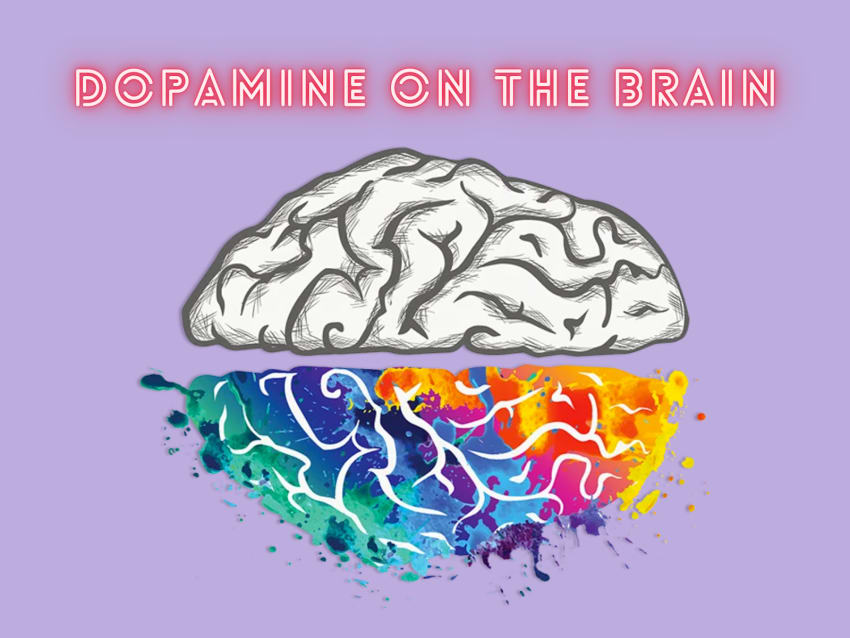
Final takeaway: a social media survival toolkit
- Take time off the apps: by stepping away from the screen and the constant information scroll, you are keener to have mental clarity. After that break, you come back feeling re-energized.
- Learn to avoid FOMO (Fear of missing out): this mental barrier that makes us disconnected from our day-to-day only has power over us if we give away our power of confusing the digital world with real life.
- Running away from comparison: everyone knows the quote: “Comparison is the thief of joy”, and it may be harder to pinpoint how to decrease it internally since many psychological factors come into play. But by starting to crave out moments in your routine for yourself, in which you write down the things you are grateful for in your life, the people around you that love and support you and the daily things that bring you joy, you will be less tempted to fall in the rabbit hole of comparing your day to day to someone else’s highlight reel.
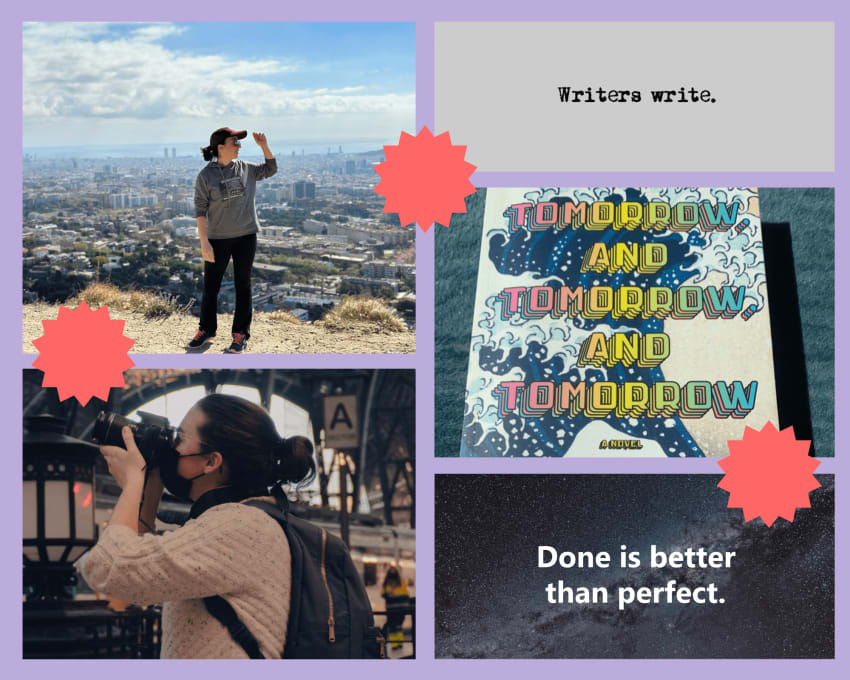
YouTube Video - Social Media Break: How to Disconnect and Reconnect with Your Life 🎬
If you want to dive deeper into this topic and learn how to improve your relationship with social media, my latest YouTube video touches on all these ideas. Plus, I discuss my new content creation strategy for social media in 2023 and how I regained a healthier use of Instagram and Twitter after my one-year social media break in 2022.


